10 Concerning Complications Associated With Untreated Nearsightedness
Nearsightedness—also known as myopia—might seem like a simple vision issue, easily fixed with a pair of glasses. But when left untreated or poorly managed, it can quietly set the stage for far more serious complications. Myopia isn’t just about blurry distance vision—it’s a structural change in the shape of the eye that, over time, increases your risk for a range of vision-threatening conditions. From retinal detachment and glaucoma to macular degeneration and optic nerve damage, the long-term consequences can be both surprising and irreversible. The stakes are especially high for children and teens, whose eyes are still developing. That’s why early diagnosis and consistent eye care are critical—not just for clarity, but for lifelong ocular health. We’ve expanded our guide to include 10 Concerning Complications Associated With Untreated Nearsightedness to help you understand what’s at risk and how to stay ahead of it. Because protecting your vision starts with knowing what you’re up against.
1. Increased Eyestrain

Increased eyestrain is a frequent problem for individuals with undiagnosed or untreated myopia. Eyestrain can lead to headaches. This symptom commonly occurs in individuals with and without myopia. It can be attributed to tiredness from overusing the eyes. Resting the eyes is generally the best way to treat eyestrain. If patients are experiencing eyestrain when they haven't been using their eyes for long periods, they should talk to an ophthalmologist. Common reasons for eyestrain include driving long distances or staring at an electronic screen for long periods, particularly when nearsightedness is an issue as well. Straining the eyes can actually worsen myopia. The eyes become strained because of the individuals struggling to focus on objects in the distance.
2. Retinal Detachment
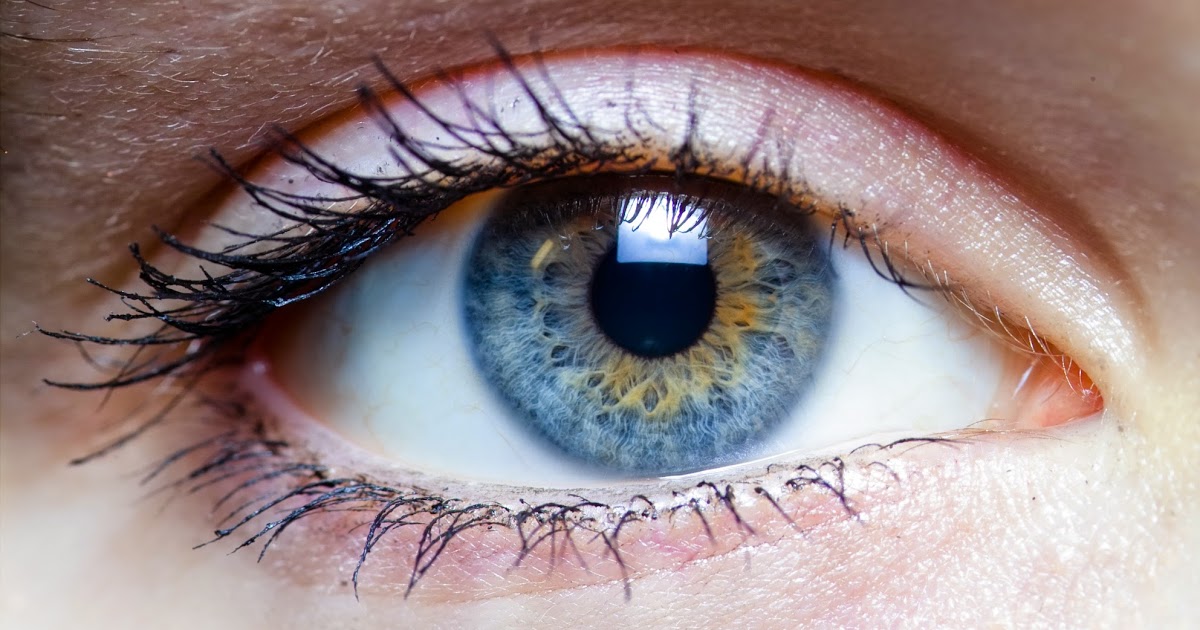
Retinal detachment is a serious problem that occurs when the retina pulls away from the supportive tissue in the eye. This condition can cause permanent loss of vision. Retinal detachment is a medical emergency that should receive treatment as soon as possible. Eyes have a layer of blood vessels responsible for delivering nutrients and oxygen. When the retina detaches, it no longer has access to these vital things. The detachment is painless by itself, but there are warning signs indicating something is wrong. Individuals may see many tiny specks drifting through their vision, unexplained flashes of light in both eyes or one eye, blurry vision, and reduced peripheral vision. Failure to seek treatment in time can cause permanent loss of vision.
3. Myopic Maculopathy

Myopic maculopathy, otherwise known as myopic macular degeneration, is a condition with many of the same symptoms as age-related macular degeneration. However, it occurs at a younger age. In a nearsighted eye, the eyeball is egg-shaped rather than spherical. When light rays enter the eye, they don't focus on the retina. In patients with severe myopia, the eyeball elongates to the point that the retina begins to degenerate. The macula in particular degenerates, leading to the loss of light-sensitive cells. Individuals with this condition have thin and stretched eyeball walls. At the back of the eye, the layers may be so thin the retinal cells start to die, causing central vision to decline slowly.
4. Glaucoma
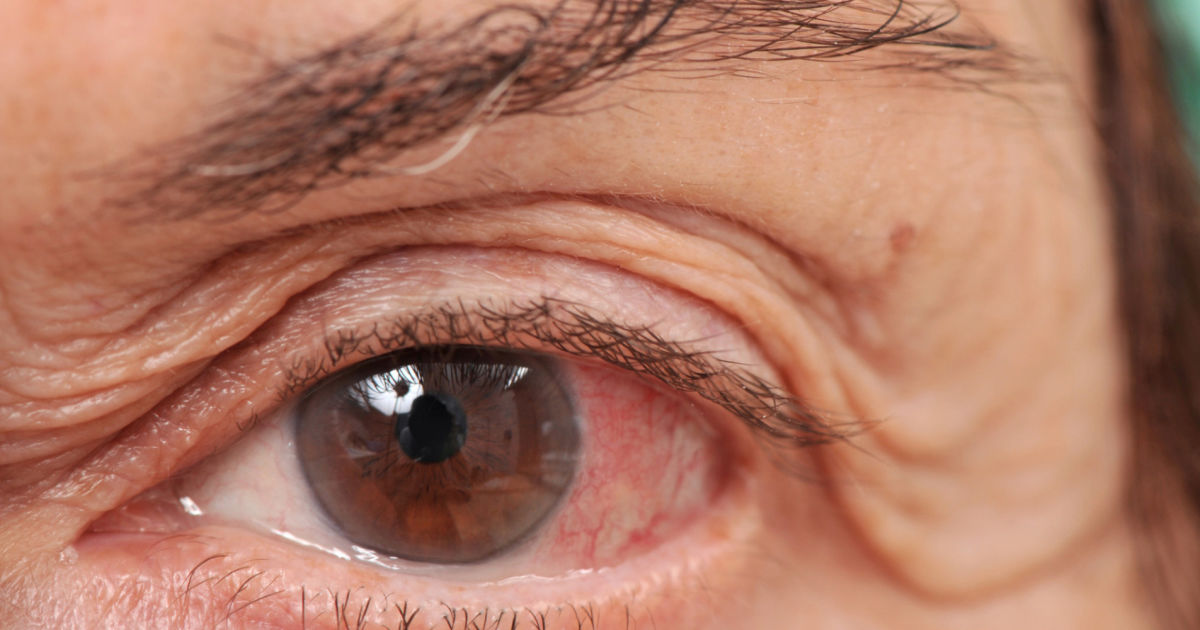
Glaucoma refers to a group of medical conditions that cause damage to the optic nerve. This nerve is responsible for transmitting signals from the eyes to the brain. Damage often occurs because there's an unusually high pressure in the patient's eye. This condition is a leading cause of blindness in individuals more than sixty years old. When patients lose their vision due to optic nerve damage, there's no way to recover it. Because of this, regular eye exams are very important. Being extremely nearsighted is a common risk factor because of the unusual shape of the eyeball in nearsighted individuals. Treating myopia can help keep the eyeball from becoming more stretched, which in turn reduces pressure and lowers the chance of glaucoma developing.
5. Cataracts
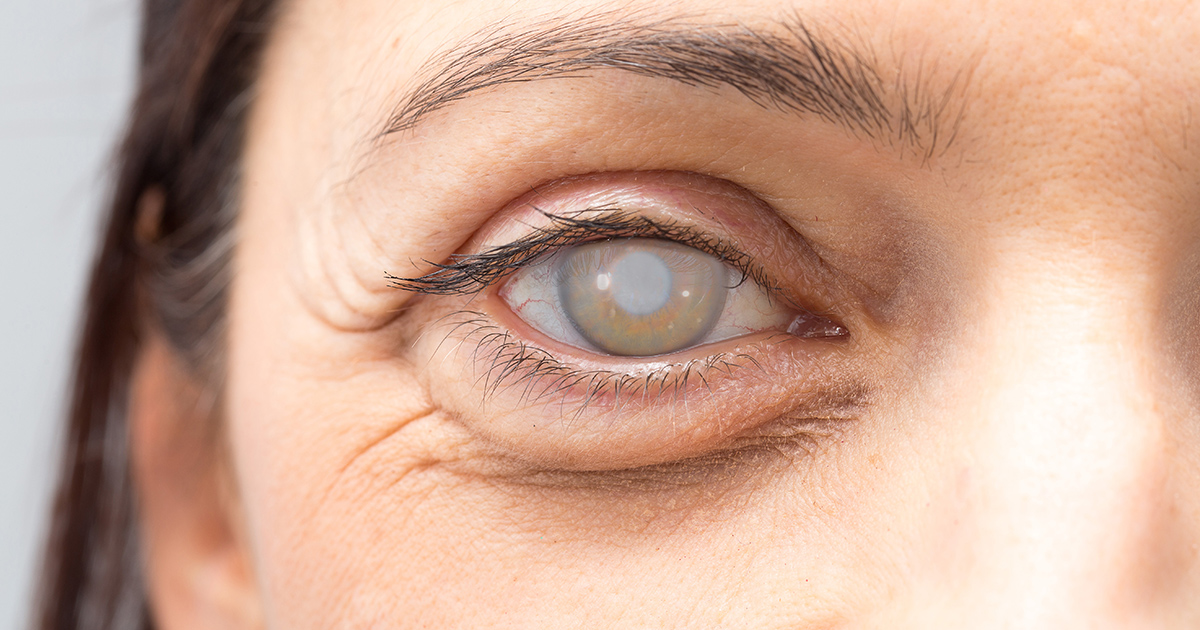
Cataracts are another fairly common eye condition that causes vision loss. With this condition, a patient's vision becomes cloudy. In some cases, a cataract may progress so far that surgery is required. The lens of the eye slowly clouds over time, which makes vision hazier. Patients might notice they have trouble filtering light in harsh glare conditions and they'll also need more light to see clearly. There have been multiple options pioneered over the past few decades in cataract treatment. It's possible to remove a cataract entirely. Surgeons will replace it with an artificial lens, which helps patients see well by refocusing the light. Lens implants should last for a patient's entire life. Combined with other surgical options, this might allow an individual with nearsightedness to have much better vision.
6. Night Myopia

Nearsighted individuals often find that their vision worsens dramatically in low-light conditions—a condition known as night myopia. This happens because the eye struggles to focus properly in darkness, making distant objects appear even blurrier than usual. Night driving becomes particularly hazardous, with headlights and streetlamps creating glare and reducing depth perception. Even people with mild myopia may experience difficulty seeing clearly at night. Special glasses with anti-reflective coating or night-driving lenses can help reduce this effect. If you’ve ever squinted at a road sign after sunset, night myopia could be the reason—and it’s worth bringing up at your next eye exam.
7. Floaters and Vitreous Detachment
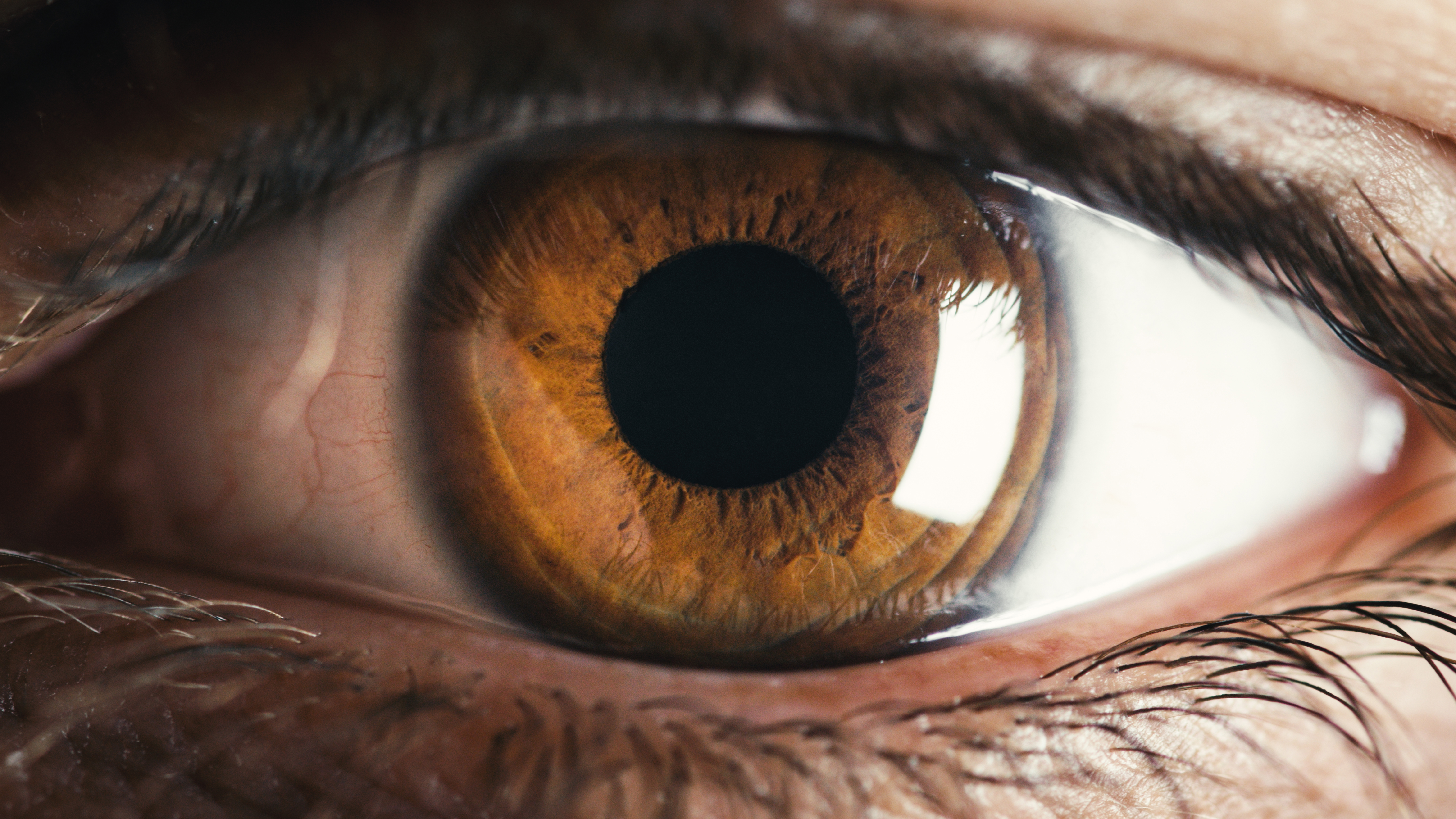
Individuals with high myopia are more prone to developing floaters—those small specks or cobweb-like strands drifting across your field of vision. These are caused by age-related changes in the vitreous gel inside the eye, which can occur earlier and more aggressively in nearsighted eyes. Over time, the vitreous may shrink or pull away from the retina entirely, leading to a condition called posterior vitreous detachment (PVD). While usually harmless, PVD can occasionally cause retinal tears or detachment. If you suddenly see a shower of floaters or flashes of light, seek immediate medical attention—it could signal a serious complication.
8. Choroidal Neovascularization (CNV)
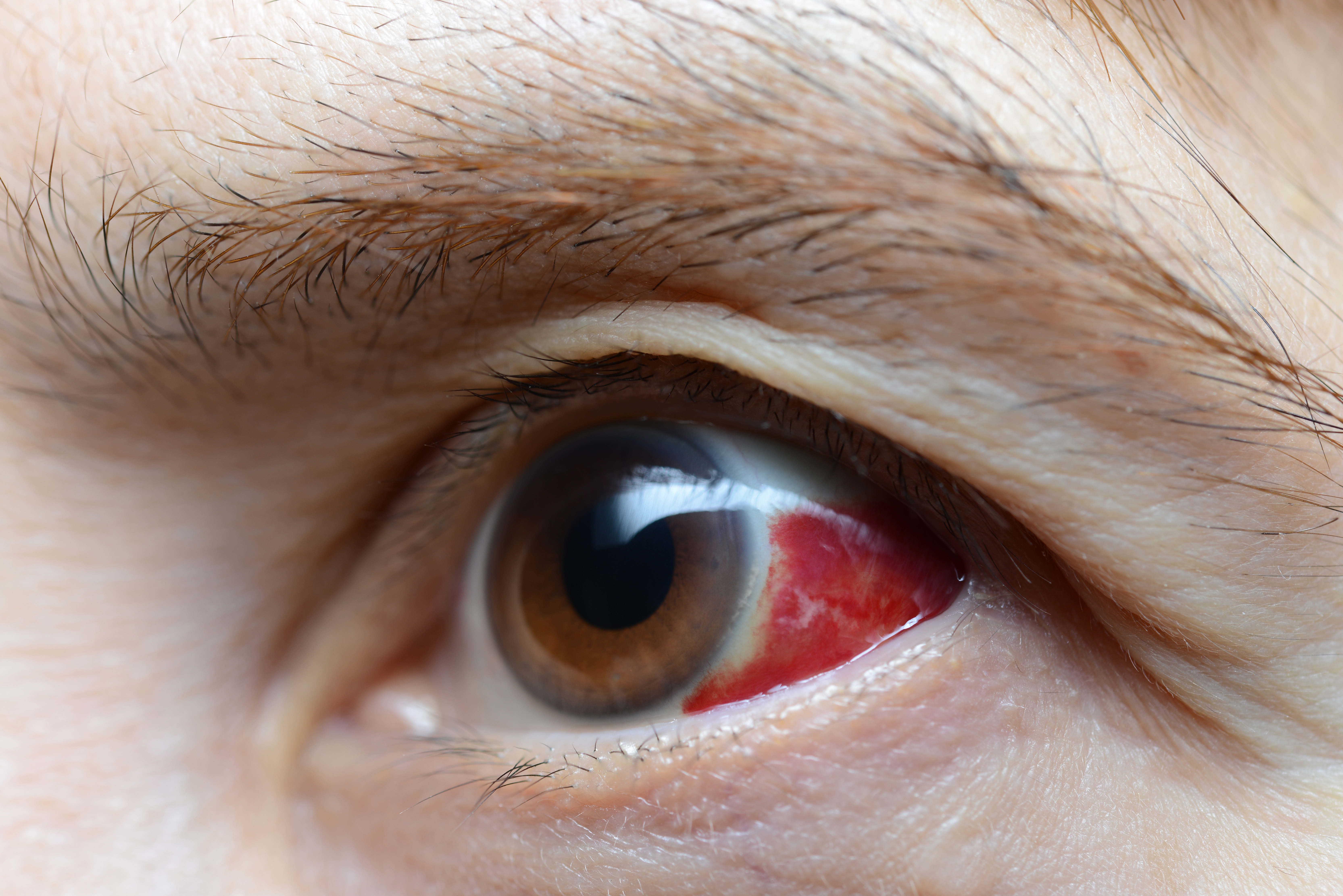
In cases of degenerative myopia, one of the most serious threats to vision is choroidal neovascularization—a condition where abnormal blood vessels grow under the retina. These fragile vessels can leak fluid or blood, distorting vision and causing blind spots. CNV can develop suddenly and progress rapidly, often leading to permanent central vision loss if untreated. Symptoms may include wavy lines, dark spots, or blurred vision in the center of your sight. CNV is typically treated with anti-VEGF injections to stop blood vessel growth. Regular monitoring of high myopia is critical, as early detection of CNV significantly improves treatment outcomes.
9. Optic Disc Changes (Myopic Optic Neuropathy)

In highly myopic eyes, the elongation of the eyeball can stretch and distort the optic disc—the area where the optic nerve exits the eye. Over time, this may lead to structural changes and thinning of the nerve fibers, increasing the risk of optic neuropathy. Patients might experience gradual peripheral vision loss, eye strain, or even blind spots. Because these symptoms can mimic early glaucoma, they’re sometimes overlooked or misdiagnosed. Routine eye exams that include optic nerve imaging and visual field tests are essential for early detection. Left unchecked, myopic optic neuropathy can lead to irreversible vision damage over time.
10. Strabismus and Amblyopia (Lazy Eye)

Children with severe or untreated myopia in one eye are at risk of developing strabismus—where the eyes fail to align properly. One eye may begin to turn inward or outward, disrupting depth perception and leading to a reliance on the stronger eye. This can eventually result in amblyopia, commonly known as "lazy eye," where the brain suppresses input from the weaker eye entirely. The earlier the condition is identified, the better the chances for successful treatment, which may include glasses, patching therapy, or vision training. Regular childhood eye screenings are critical in catching strabismus before it impacts long-term vision development.
Protect Your Vision—Because the Future Deserves to Be Seen Clearly
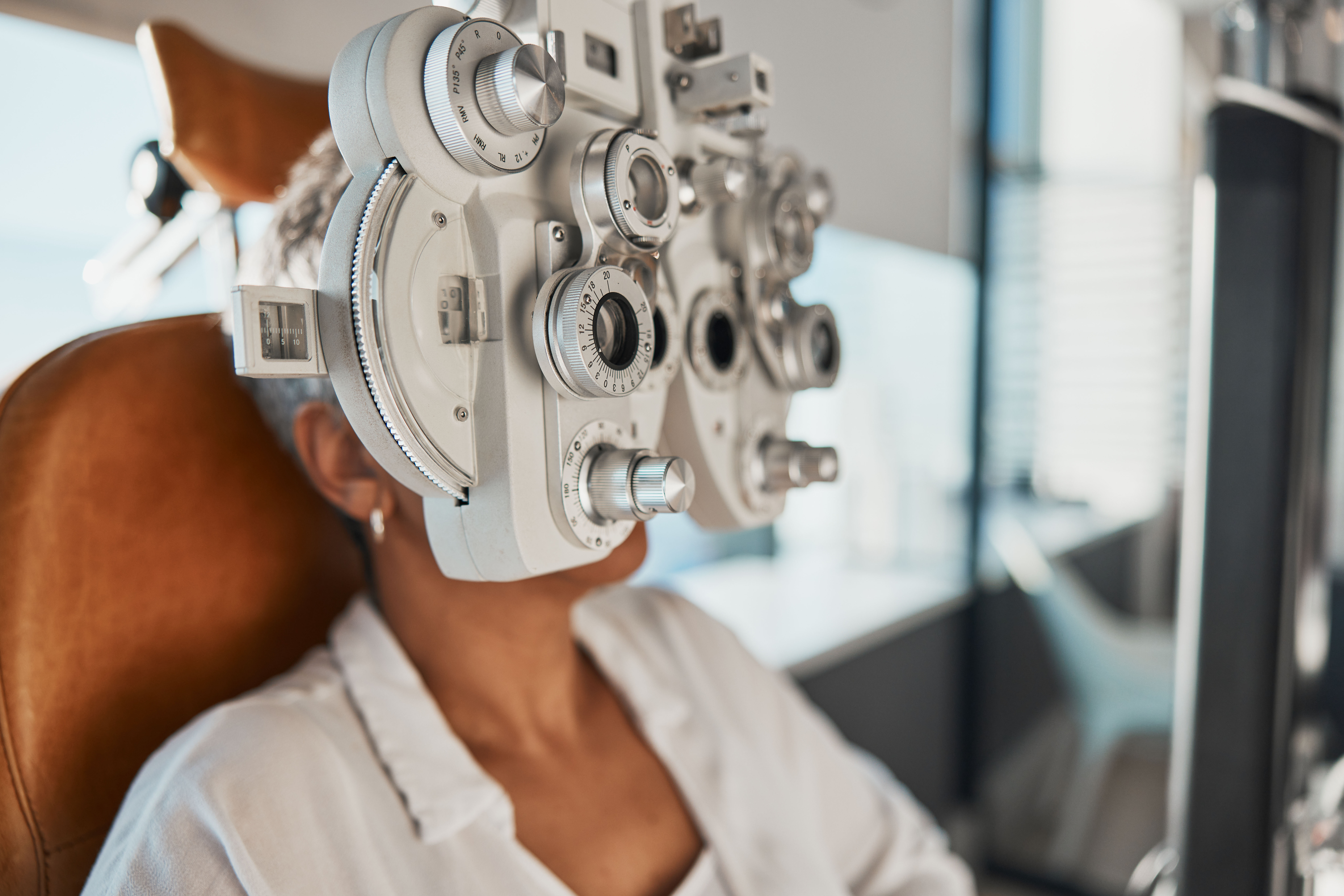
Nearsightedness may start as a mild inconvenience, but left unchecked, it can lead to complications that impact far more than your ability to read a street sign. From increased eyestrain and night vision issues to serious threats like retinal detachment and myopic maculopathy, the risks grow with time—and so does the importance of proactive care. The good news? You’re not powerless. With regular eye exams, the right corrective measures, and smart lifestyle habits, you can slow progression, safeguard your sight, and stay ahead of potential complications. We’ve expanded our guide to include a total of 10 complications of myopia—not to overwhelm, but to empower. Your vision shapes how you see the world—and how you move through it. Treat it with the attention it deserves. Because clear, healthy eyesight isn’t just a comfort—it’s a foundation for living fully, confidently, and without limits. Start protecting it today.